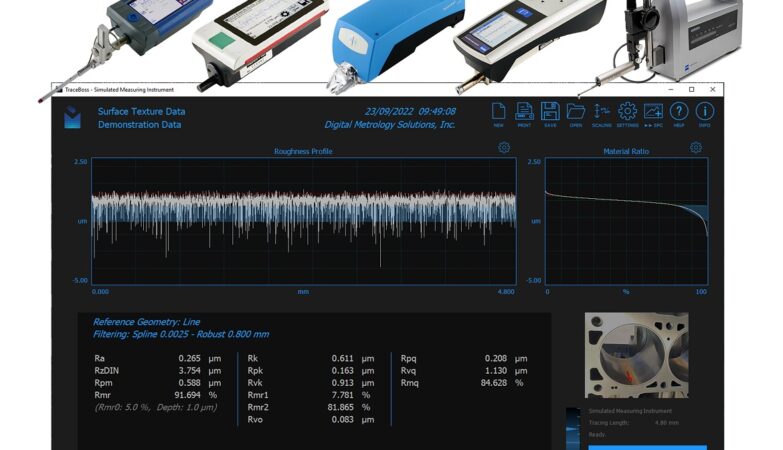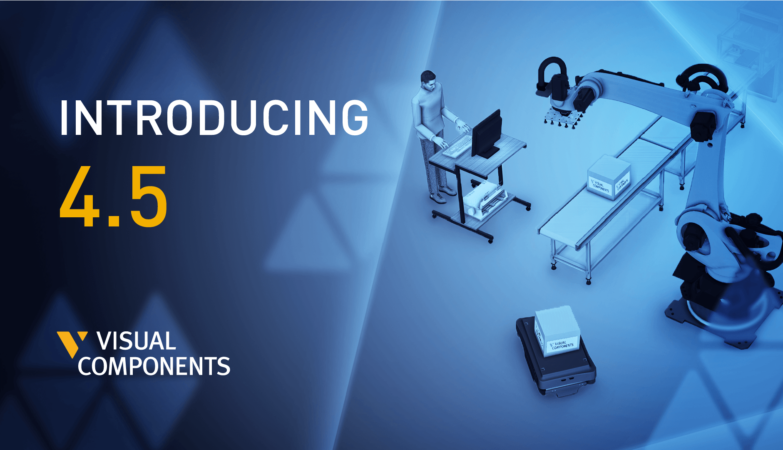Electric vehicles are rapidly transforming the automotive landscape. EVs contribute to cleaner air by producing low or no emissions during operation.
Unlike traditional internal combustion engine (ICE) vehicles that emit pollutants, EVs help combat air pollution and mitigate climate change.
This shift from ICE vehicles to EVs presents unique challenges due to the fundamental differences in these two power systems.
Therefore, it is essential to assure high-quality of battery systems as manufacturers and suppliers accelerate their engineering research, development, and production in EVs.
An electric vehicle battery serves as the rechargeable energy storage system that powers the electric motors in battery electric vehicles.
These batteries are typically lithium-ion and are designed for a high power-to-weight ratio and energy density, contributing to the overall performance of the vehicle.

EV battery packs consist of several critical components, including battery modules, thermal management systems, battery management systems (BMS), electrical connectors, and structural elements.
Among these, the structural components including the battery frame, upper cover and tray of the battery pack—play a pivotal role.
They serve as the skeleton of the battery pack, ensuring its safety and structural integrity.
As the demand for EVs continues to surge, meticulous inspection and quality control of these battery components become essential to guarantee optimal performance and safety on the road.

The Application of 3D Scanners in Inspection of EV Batteries
Battery Frame
The battery frame is a critical structural component that houses battery modules and their supporting systems. Proper fit and alignment are important to prevent assembly issues, electrical disruptions, and heat transfer problems.
It comprises several structural components, including side rails and cross members. Key measurement points include installation hole positions, welding locations, slots to obtain relevant dimensions and positional accuracy.
Battery frames are large and often produced in harsh shop floor environments. Traditional methods are time-consuming and may not cover the entire tray in a single position.
Portable 3D laser scanners that are not sensitive to environment conditions such as vibrations and temperature variations are necessary.
KSCAN-Magic portable 3D scanner can conduct on-site 3D scanning and obtain precise measurement results. It capture data faster than traditional methods with a measurement rate of up to 4.15 million measurements/s.
The photogrammetry system integrated into this device features a shooting area measuring 3760 mm by 3150 mm.
This function effectively mitigates the cumulative errors associated with large-scale measurements, thereby ensuring high volumetric accuracy.

Battery Cover and Tray
Due to their substantial size and stringent quality requirements, the battery cover and tray play a crucial role in ensuring the sealing integrity and assembly quality of the battery.
To mitigate safety risks, it is imperative to conduct a comprehensive inspection on both the profile, flatness, parallelism, and dimensions.
Notably, the width of the battery tray and cover typically exceeds 1.6 meters, which poses challenges for accurate measurement using traditional measurement methods.
Scantech’s optical 3D measurement system TrackScan-Sharp features large measurement volumes of up to 49 m3, which is capable of measuring large-scale parts.
This means the 3D measurement system can capture a large amount of data in one position to reduce inspection time. There is no need to move trackers frequently. Besides, it can quickly capture details of parts and obtain high-precision 3D data.

To ensure assembly quality, manufacturers can also conduct deformation inspection and analysis on trays and covers before and after assembly.
Battery Tray Holes
When inspecting the holes of the battery tray, key measurements primarily focus on positions and diameters of holes that come in various sizes and types.

Optical 3D measurement system TrackScan-Sharp can be used to achieve precise and efficient hole inspection.
This system features shadow-less light edge inspection powered by high-precision grey value measurement.
It allows users to meticulously inspect closed features, particularly threaded holes. The system ensures accurate and repeatable measurement results, including position and diameter information.
Additionally, it captures crucial 3D data related to hole positions, diameters, and spacing.
For assessing the positional accuracy of threaded installation holes, specialized high-precision threaded auxiliary columns can be used.
These columns can adapt to various threaded hole sizes (such as M5, M8, and M10), enabling 3D scanners to capture precise data for threaded holes better.
If the accuracy requirement is not too high, we can also use a 3D scanner to scan the hole position and the outer surface of the cylinder to obtain the positional accuracy of the threaded holes.
Battery Management System (BMS)
The battery cell management and control system is the core component of the battery and requires precise installation.
We can use a probe to detect and analyze it during the installation process to ensure its accuracy after installation.
Workflow for 3D Scanning
First, attach markers to the part. When using optical 3D measurement system, markers are not necessary.
Next, conduct non-contact 3D laser scanning of the entire tested part.
Obtain and process the 3D data of the part in 3D software.
Finally, compare this data with the standard CAD model to identify dimensional deviations at each position.
This process allows for quicker acquisition of precise data and enhances inspection efficiency.
Advantages of 3D Laser Scanning
High precision
3D scanners provide meticulous insights into the intricate structures of electric vehicle (EV) batteries, guaranteeing safety, reliability, and peak performance over their entire lifespan.
With an impressive accuracy level of up to 0.020 mm, these measurement techniques play a crucial role in maintaining the high quality of battery assessments.
Efficient
Due to the easy operations and rapid measurement rate of 3D scanners, measuring electric vehicle (EV) batteries using this technology is highly efficient.
The ability to capture detailed 3D data quickly allows for precise assessments of battery components, including their shape, dimensions, and any potential defects.
Whether in research and development, manufacturing, or quality control, 3D scanning streamlines the battery measurement process, leading to improved accuracy and productivity.
Complete 3D Scanning
3D scanning is an optimal choice for comprehensive measurement to create a digital twin of components, which ensures that engineers capture every intricate detail without overlooking anything.
By employing this method, they gain a complete and accurate representation of the part, facilitating precise analysis and quality control.
Comprehensive Data
These comprehensive 3D data can be stored for in-depth analysis. They provide a complete view of the part’s condition, enabling engineers to verify its quality thoroughly.
Additionally, users can easily identify the geometric dimensioning and tolerancing (GD&T) specifications of the part.










